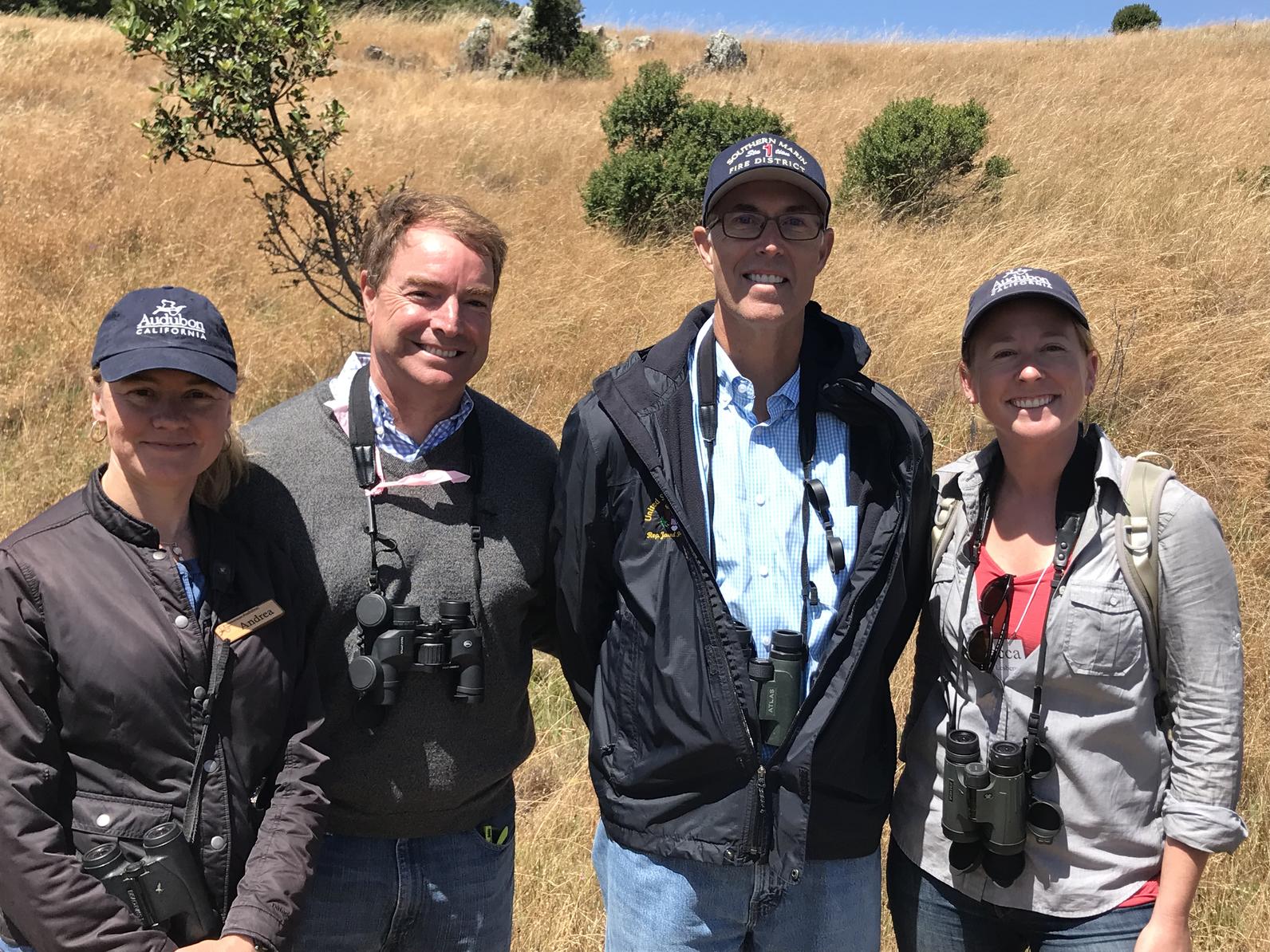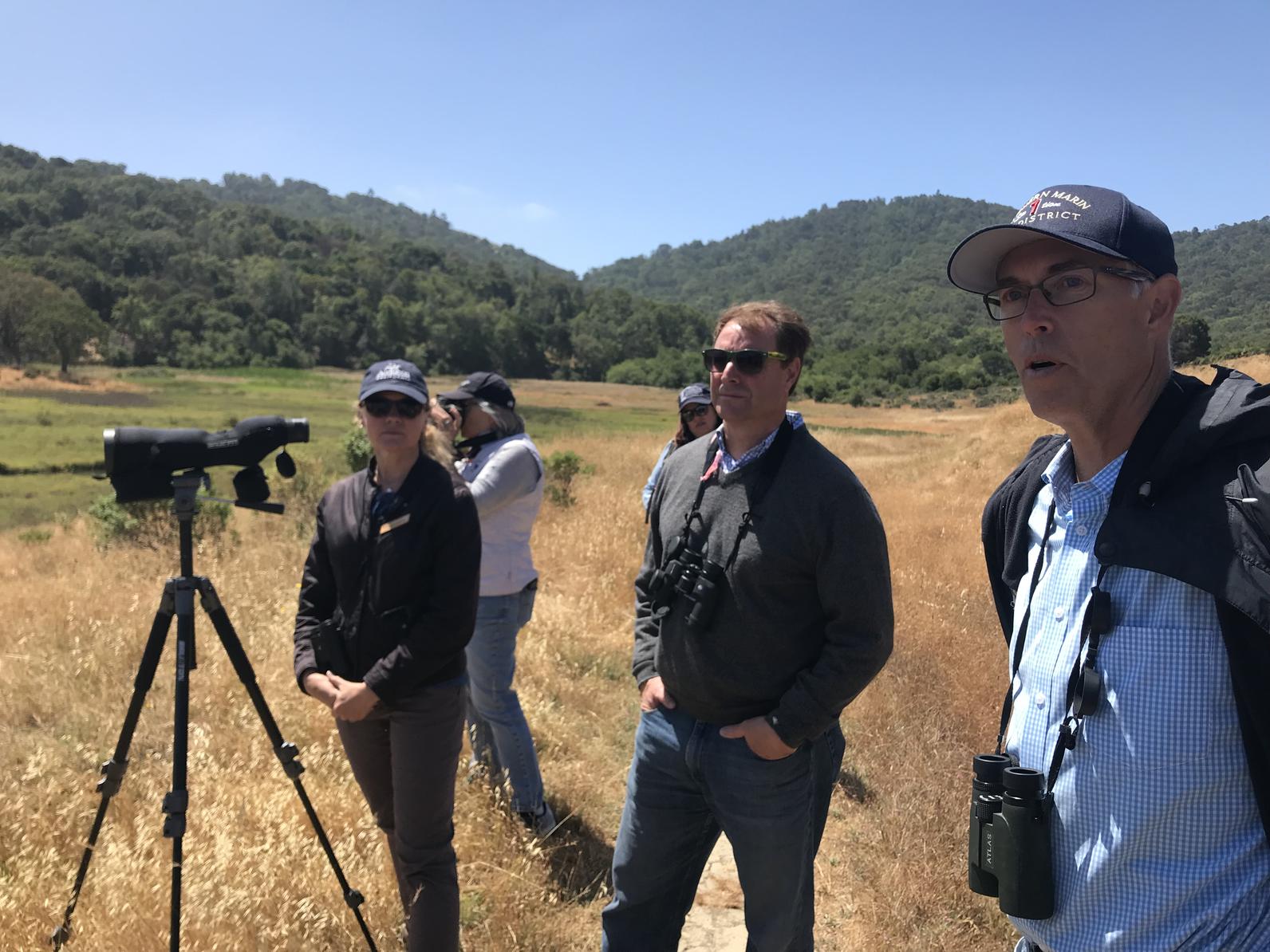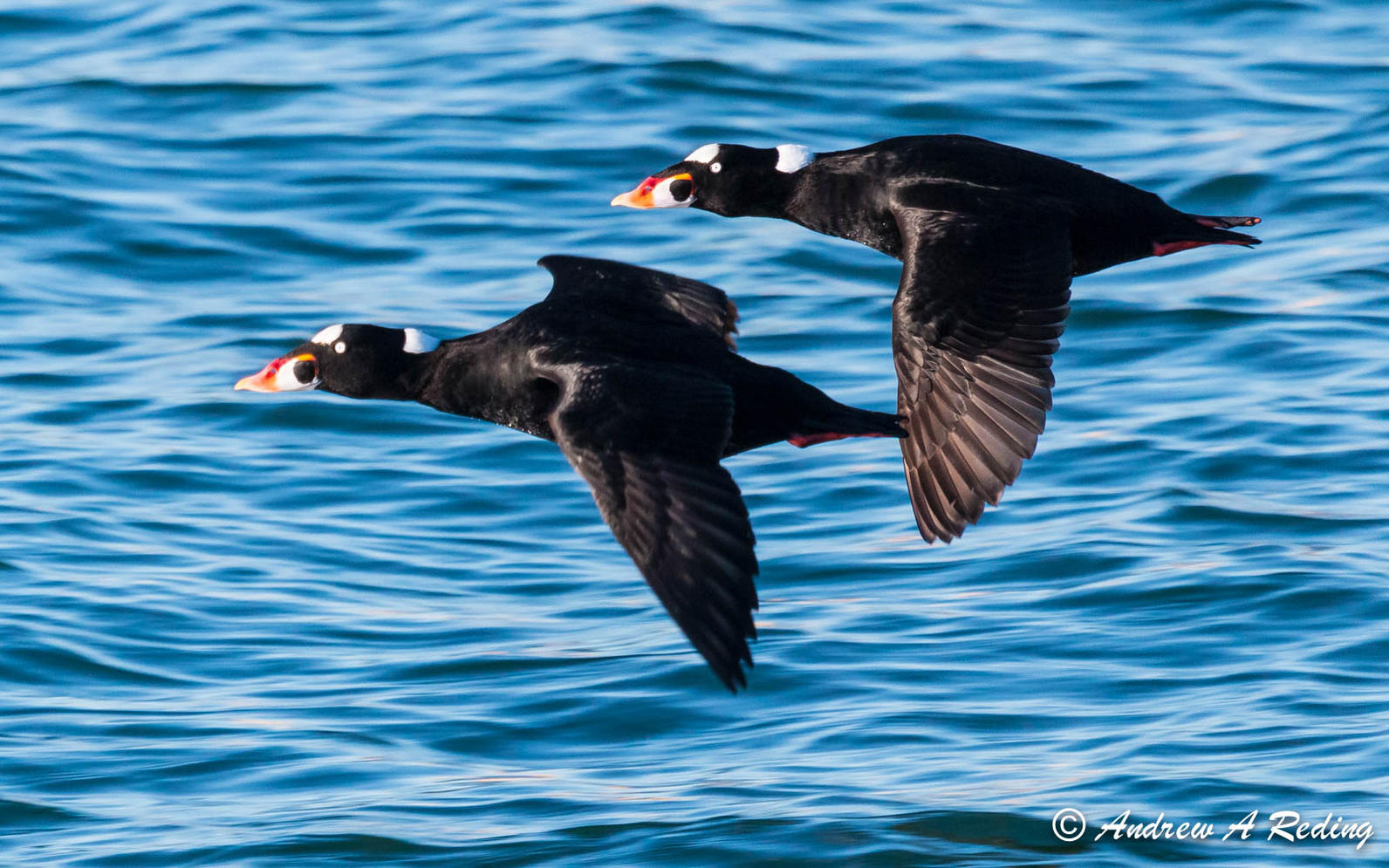Surf Scoter
Latin: Melanitta perspicillata
Protecting the birds and habitat of the West Coast's largest estuary.
Richardson Bay is part of the larger San Francisco Bay. Photo: Alison Sheehey
Audubon California has long been committed to protecting the birds and habitat of the San Francisco Bay and its wetlands.
The San Francisco Bay area is recognized as an international biodiversity hotspot because of the vast number of species of birds, animals, plants found there – many of which are found nowhere else. The bay itself is the largest estuary on the West Coast, and is considered one of North America’s most important. It provides critical habitat for shorebirds, waterfowl, marsh birds, as well as over 500 species of fish, mammals, and plants, many of which are either threatened or endangered.
San Francisco Bay is a critical stopover point along the Pacific Flyway migration route of shorebirds and waterfowl, which number over one million birds at the height of migration, and includes three Important Bird Areas due to the high number of rare and endangered bird species and the sheer number of shorebirds and waterfowl supported by the by and surrounding wetlands. The area has also been recognized by the Western Hemisphere Shorebird Reserve Network, which ranks it as being of “Hemispheric Importance” to shorebirds.
Audubon California operates the largest estuarine reserve in San Francisco Bay, the Richardson Bay Audubon Center & Sanctuary, which protects 900 acres of San Francisco Bay habitat and provides a center for community education, restoration, and celebration of the Bay.
The Richardson Bay Audubon Center & Sanctuary is a remarkable slice of nature on the shores of the San Francisco Bay.
Audubon is advancing nature-based strategies to help coastline communities weather the impacts of climate change.
Audubon California and its partners are bringing back 400-acres of wetland habitat in San Pablo Bay for the benefit of a variety of birds, including the endangered Ridgeway's Rail.
A new white paper looks at this invaluable habitat ecosystem in San Francisco Bay
This large, handsome shorebird is often seen on our coast, calling in loud springtime territorial displays, hunkered together in small winter flocks and prying limpets off rocks. Yet the species is rare across its range and poorly understood in California in particular.
Oliver Ousterhout, a volunteer at the Richardson Bay Audubon Sanctuary, shot this terrific video of the center's ongoing waterbird survey. It features some of the staff and volunteers that make this important work possible. His personal website is www.oliverousterhout.com. Credit for the eelgrass footage goes to the Estuary and Ocean Science Center.

Staff from Audubon California today led a birding walk with Congressman Jared Huffman and Marin County Supervidor Damon Donnolly at China Camp State Park. Audubon joined with the National Estuarine Research Reserve to talk about how wetlands provide climate resiliency, biodiversity, and recreational opportunities.

The story of the Richardson Bay Audubon Center & Sanctuary is an amazing tale of of a community rising up to defend a natural treasure in their community. With the Center's 60th anniversary, Audubon created this great video reviewing the history of the place, and what it portends for the future.

Interesting article looks at recent study attempting to identify why Surf Scoters and other waterbirds in San Francisco Bay are dwinding?
November marks the 10-year anniversary of the Cosco Busan oil spill in San Francisco Bay. With that in mind, we recently revisited our restoration project on Aramburu Island in Richardson Bay that was largely inspired by the disaster. We're happy to report that the birds are responding well to the newly created habitat.
Audubon California Newsletter comes to your inbox monthly with breaking news and important conservation updates from our state.
Help secure the future for birds at risk from climate change, habitat loss and other threats. Your support will power our science, education, advocacy and on-the-ground conservation efforts.
Your advocacy helped save the California Condor. Tell your reps you want a climate bond to ensure the future of critical conservation efforts.